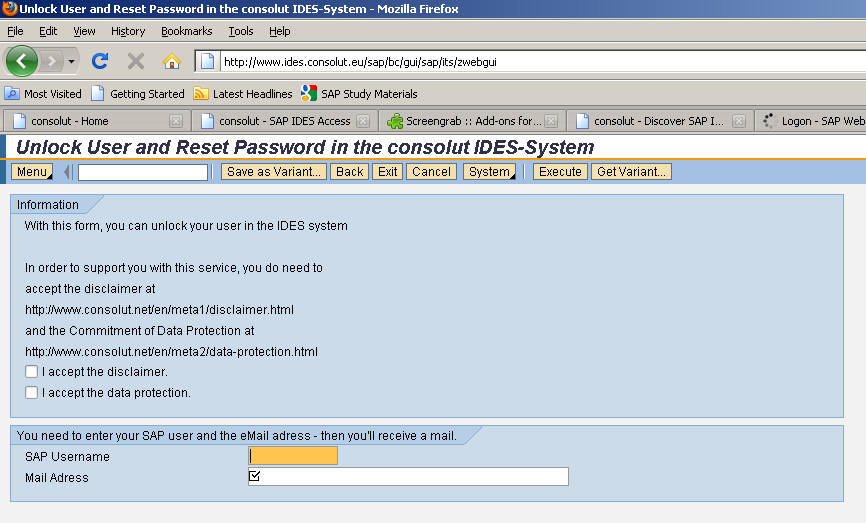

To perform the Copy activity with a pipeline, you can use one of the following tools or SDKs:Ĭreate a linked service to SAP ECC using UI

You can also use the managed virtual network integration runtime feature in Azure Data Factory to access the on-premises network without installing and configuring a self-hosted integration runtime.įor more information about the network security mechanisms and options supported by Data Factory, see Data access strategies. If the access is restricted to IPs that are approved in the firewall rules, you can add Azure Integration Runtime IPs to the allow list. If your data store is a managed cloud data service, you can use the Azure Integration Runtime. If your data store is located inside an on-premises network, an Azure virtual network, or Amazon Virtual Private Cloud, you need to configure a self-hosted integration runtime to connect to it. For more information, see the step-by-step guidance. You can also configure which objects need to be exposed.

You can activate the OData service through TCODE SICF in seconds. To set up SAP Gateway, see the installation guide.Īctivate and configure the SAP OData service. For earlier versions, you must install the embedded SAP Gateway or the SAP Gateway hub system before exposing SAP ECC data through OData services. For servers with SAP NetWeaver versions later than 7.4, SAP Gateway is already installed. To use this SAP ECC connector, you need to expose the SAP ECC entities via OData services through SAP Gateway. To copy data from SAP ECC via an SAP table or view, use the SAP table connector, which is faster and more scalable.



 0 kommentar(er)
0 kommentar(er)
